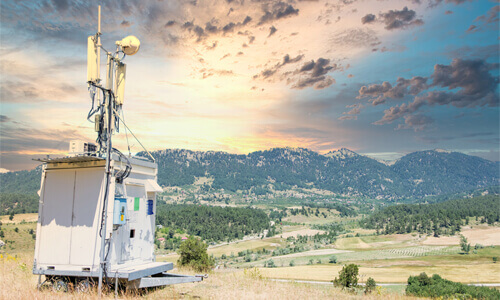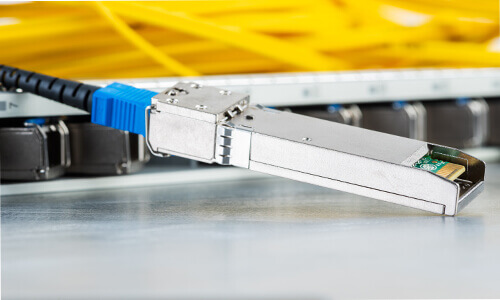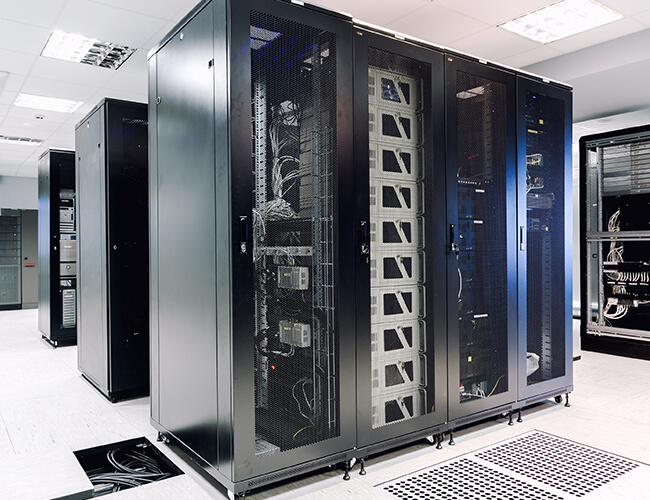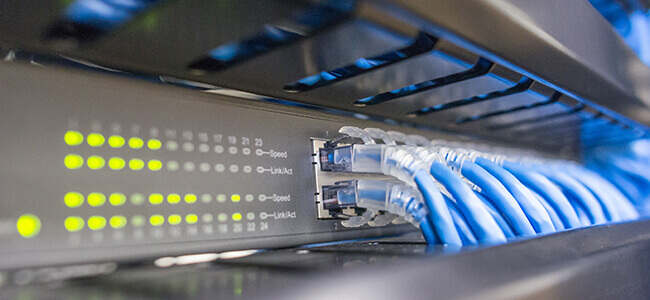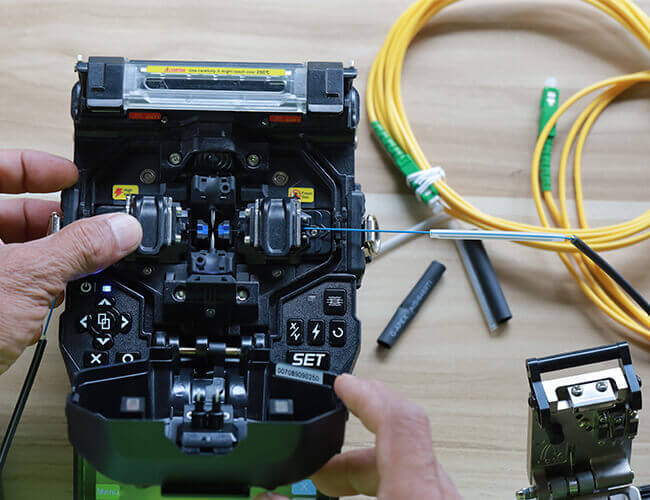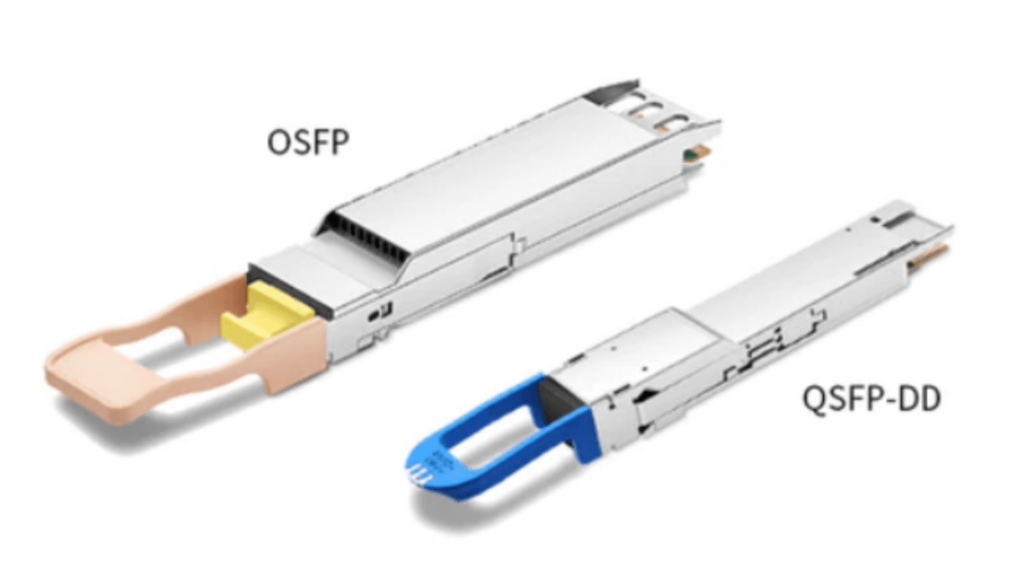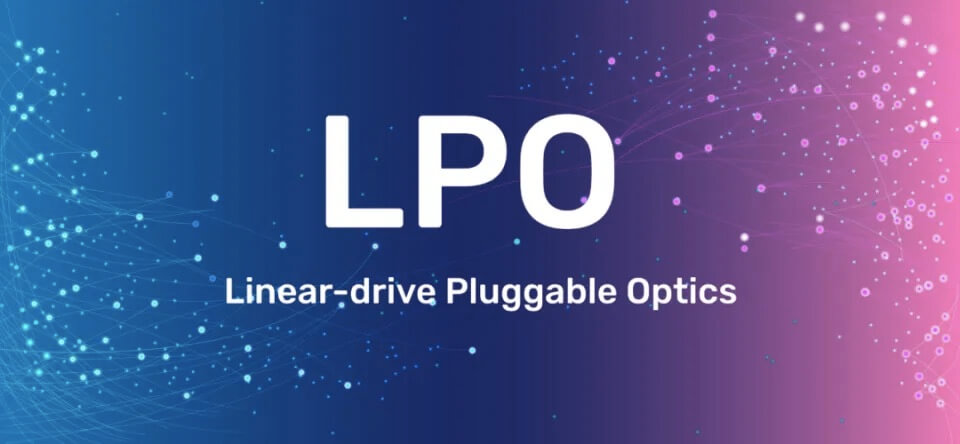6G Millimeter Wave Communications
The transmission rate of 6G can achieve 1Gb/s. To achieve such a large speed increase, there are roughly two methods: increasing spectrum utilization and increasing spectrum bandwidth. Millimeter wave usually refers to the frequency band in the 30~300GHz, the corresponding wavelength of 1~10mm electromagnetic waves, its operating frequency between microwave and far infrared waves, 6G […]

